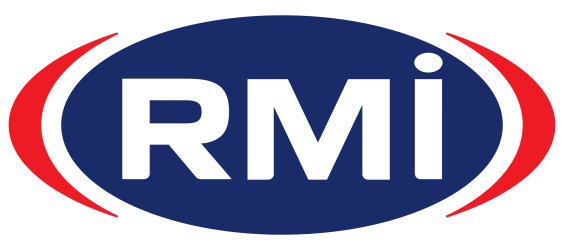Why tyres matter
Tyres are one of those under-estimated components of a vehicle. In a crash-avoidance situation it is the tyres that will determine how well you are able to maintain control of […]
Bio-based Tyres Edge Closer to Reality
Goodyear and DuPont Industrial Biosciences are working together to develop BioIsoprene, a revolutionary bio-based alternative for petroleum-derived isoprene. BioIsoprene can be used for the production of synthetic rubber, which in […]
Goodyear Innovations On Display In Geneva
Goodyear’s innovative technology and industry-leading new product engine are on display at the 82nd Geneva International Motor Show taking place this week in Switzerland. New technologies on display include Goodyear’s […]
Redisa Update
The following is a press release issued by the Department of Environmental Affairs on behalf of Honourable Minister Edna Molewa: The Department of Environmental Affairs is constitutionally mandated to ensure […]

